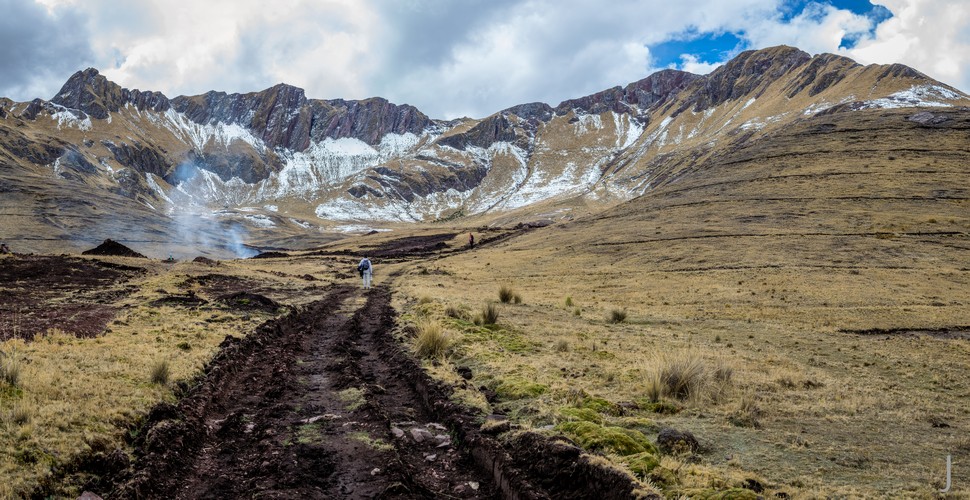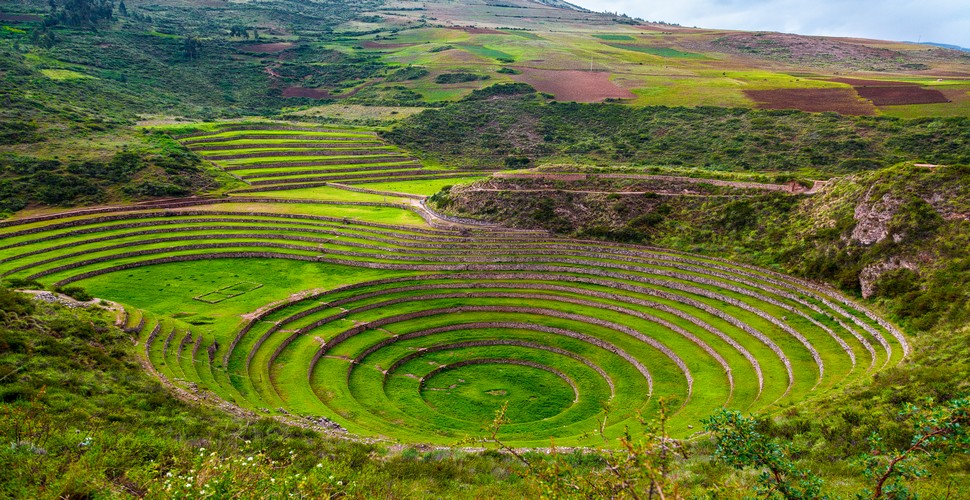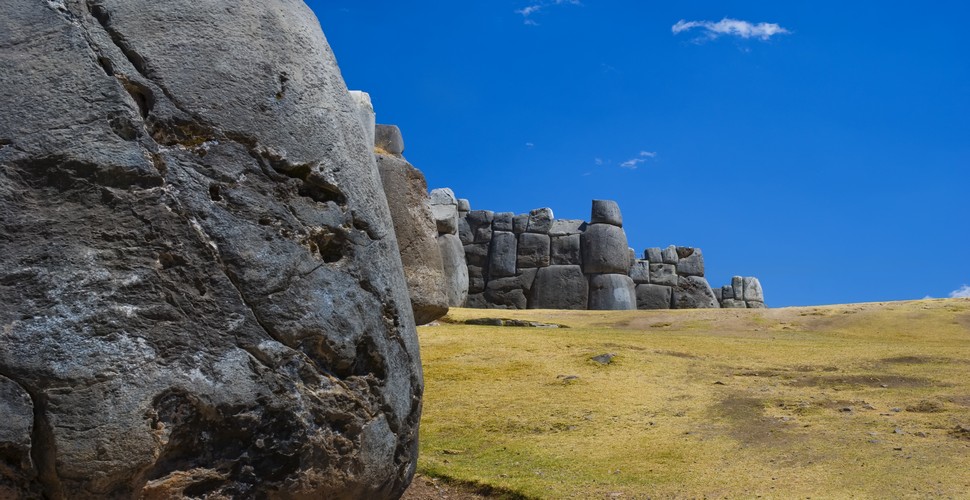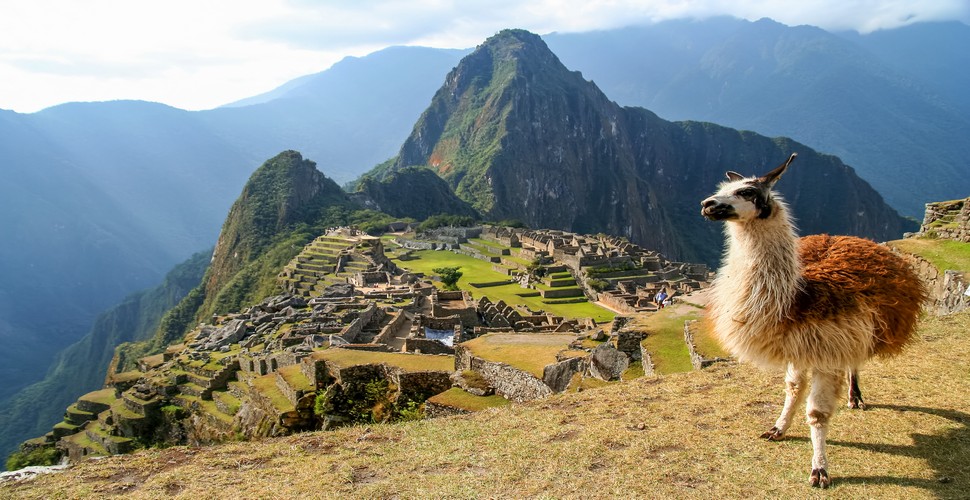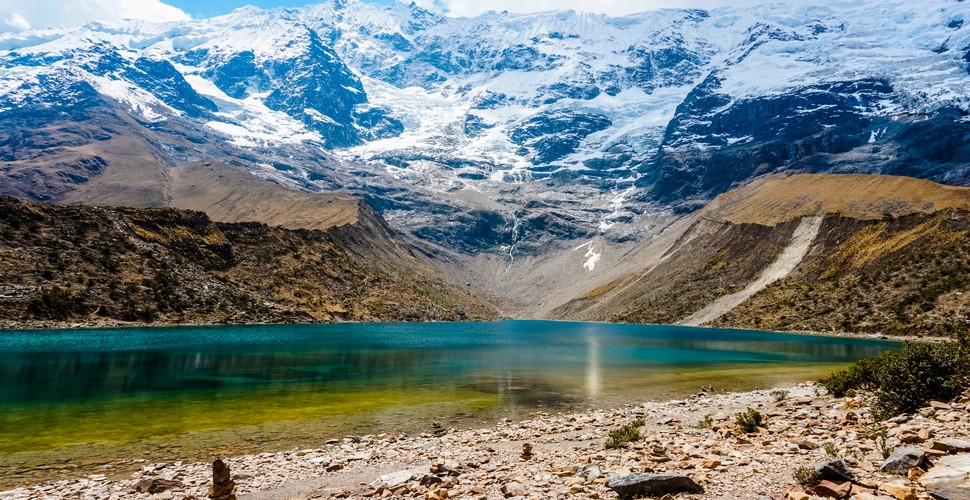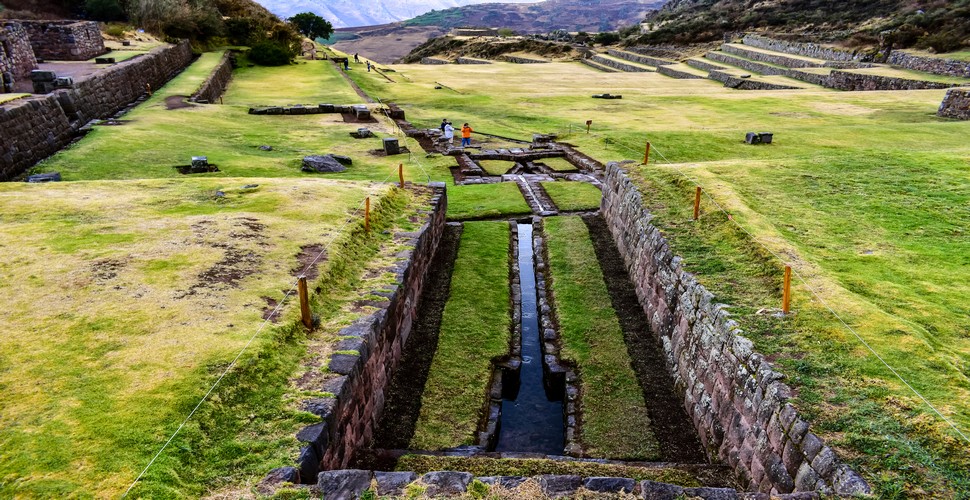

Claire Dean
Travel in South America is a joy to behold. The rich variety of destinations, experiences, landscapes and geography fascinated me so much, that I chose to relocate here, over 20 years ago! The best thing I ever did! Allow me to share my knowledge and passion for Central and South America with you and help you plan your holiday of a lifetime!

The Top 10 Day Trips from Cusco
Written by:Claire Dean
Published: 2022-07-08
Cusco is by far one of the best places to visit in Peru. The city is jam-packed with things to do and interesting attractions; you can find an incredible array of restaurants and bars; fabulous accommodation options that cater to all budgets; and an overall friendly, fun vibe. Getting out of town is also actually incredibly easy, and some of the best archaeological sites and even best hikes in the country can all be done on day trips from Cusco.
Huchuy Qosqo
Pisac
Just half an hour away from Cusco is the small town of Pisac. Situated in the Sacred Valley, you will find traditional Peruvian life, with locals wearing colorful clothing among its cobblestone streets. The striking Inca terrace on the mountainsides are a sight to behold that head up to the archaeological site. The ruins of Pisac are open daily from 7:00 am to 5:00 pm. Admission is part of Cusco Boleto Turistico. The market in the plaza is famed for high-quality handicrafts from the region, but bargain hard to get a good deal and local families from across this part of Peru make their way to Pisac to sell and purchase their local produce. Popular with shamans, yogis and spiritual travelers, this energetic town is perfect if you are planning to realign your chakras!
Moray
Moray is one of the best examples of Inca ingenuity. Situated 50 km (31 miles) northwest of Cusco, these ruins consist of a fascinating set of interconnected circular terraces. Located on a plateau around 3,500 meters (11,483 feet) above sea level, these 15th-century terraces have been carved into the land in an intricate pattern, making them look a little like sunken Roman amphitheaters. It is unknown exactly what these terraces were used for – though some theories suggest the terraces at Moray were used to study the effects of climate on growing different crops.
Moray
Maras
Not far from Moray, both Maras and Moray are usually visited together and Maras is famous for its salt pans. Here in the valley, thousands of individual salt pools have been carved out of the landscape. The pools have been in use since the 15th century, and are still important to this day; they are passed down from family to family. Salty water feeds into the pools from a spring via an underground stream. Each of the pools get filled up by this spring and then the waters evaporate, over time leaving behind salt which is then scraped off. Maras is open daily from 7:00 am to 5:00 pm. Admission is part of Cusco Boleto Turistico – you can get that here. To visit the salt pools, you have to pay an additional fee of 10 Peruvian Soles ($2.50 USD).
Sacsayhuaman
There are many archaeological sites surrounding Cusco, and one of these is the nearby fortress of Sacsayhuaman. Situated on the northern edge of the city, taking a trip to Sacsayhuaman is straightforward as it is easy to get to using either public transport or by walking from the center. This Inca fortress was built in the 15th century with impressively huge dry-stone walls made up practically of boulders. While it is possible to visit by yourself, taking a tour or hiring a guide would offer an insight into the architecture and importance of the ruins here. The ruins here include many buildings and complexes and close by are Qenqo, Tambomachay and Puca Pucara. Admission is part of Cusco Boleto Turistico.
Sacsaywaman
Ollantaytambo
The village of Ollantaytambo is also located in Peru’s Sacred Valley. It is usually the stop- off point on the way to Machu Picchu, but it is worth more than just a quick stop off. In fact, this is one of the best day trips from Cusco. This quaint village has two Inca ruins to explore, and so after the streams of people that pass through on their way to Machu Picchu dissipate, you’ll have the cobblestone streets and ruins to yourself. The Ollantaytambo ruins are the remains of an enormous Inca fortress. They come complete with stone terraces built into the hillside. The Ollantaytambo complex also includes the Sun Temple and Princess Baths Fountain. You’ll also get amazing views out onto the river here.
Machu Picchu
This is the ultimate day tour! This is the most famous site in all of Peru and possibly South America and so, of course, it is one of the most popular day trips from Cusco. However, even so it is possible to visit Machu Picchu in a day, I wholeheartedly recommend to take a bit more time to fully appreciate this magnificent site by staying overnight or walking the Inca Trail. To get to Machu Picchu, in one day, you can travel on the train from Cusco all the way to Aguas Calientes, and then take the bus up to the entry to the ruins themselves This is a full-on, fun-packed day (travel time is around 5 hours one way), but also a fantastic experience that you won’t want to miss out on, learning the stories and history of the site. For a more luxury experience, you can take the Hiram Bingham train, which comes complete with high-end, Pullman style carriages.
For a full-day guided trip from Cusco to Machu Picchu, return ask us for more information here!
Machu Pichu and Llama
Rainbow Mountain
In recent years Rainbow Mountain has become a super popular destination in Peru and needless to say one of the most popular day trips from Cusco. While it used to be something of a hidden destination, today thanks to social media and Instagram, Rainbow Mountain has become a bucket list destination. In 2015 an ice melt revealed the mountain’s multi-colored stripes, which gives the place its name. Hiking Rainbow Mountain will take you deep into the Andes to the place also known as Vinicunca.
Book your day trip to Rainbow Mountain, with Valencia Travel here.
Lake Humantay
Lake Humantay is a beautiful natural spot for some of Peru’s most spectacular scenery and It’s the perfect alternative to the lakes in Huaraz in the north of Peru. This glistening Alpine jewel set on a backdrop of skyscraping mountains is a sight to behold that can be visited in one day from Cusco, or as part of your 5 day Salkantay Trek. Taking a day trip here is great for those who are planning on embarking on the Inca Trail or any others, as you’ll be able to acclimate to hiking at high altitudes.
Humantay Lake
Huchuy Qosqo
Just north of Cusco, you’ll find Huchuy Qosqo – one of the lesser-known places that can be visited on a Cusco day trip. Dubbed “Little Cusco”, this archaeological site overlooks the Sacred Valley. It’s a rarely visited destination that was once a royal estate within the Inca Empire and dates back to around 1420. Rather than being taxed, the citizens of the Inca Empire were enlisted to build this settlement. Not many people make it to these ruins as there are no roads to the site, but many choose to hike to Huchuy Qosqo a memorable way to access the site and surprisingly not as difficult as you might expect. The hike takes around seven hours (there and back), through stunning terrain and is sign-posted, but always best to go with a guide.
Tipon Ruins
Another example of just how ingenious the Inca Empire was in its building projects, Tipon is found near to Cusco and spanning 500 acres, the ruins of Tipon are set around a spring that still feeds into irrigation canals and fountains built here by the Incas. Amazingly, this place is still fully functional and water flows year-round – even in the dry season. It is thought that Tipon was created as part of a royal estate, with some remains found here pointing towards the Inca nobility. The agricultural landscape here is made up of terraces that are considered to have been used for microclimates. This allowed the Incas to test out the viability of different crops at the high altitude. This relaxing and calm place to visit, is blessed with dramatic scenery and lush greenery, as well as the constant stream of water that you can hear and see. It may not be Machu Picchu, but there is enough here to keep you occupied and astounded for hours.


